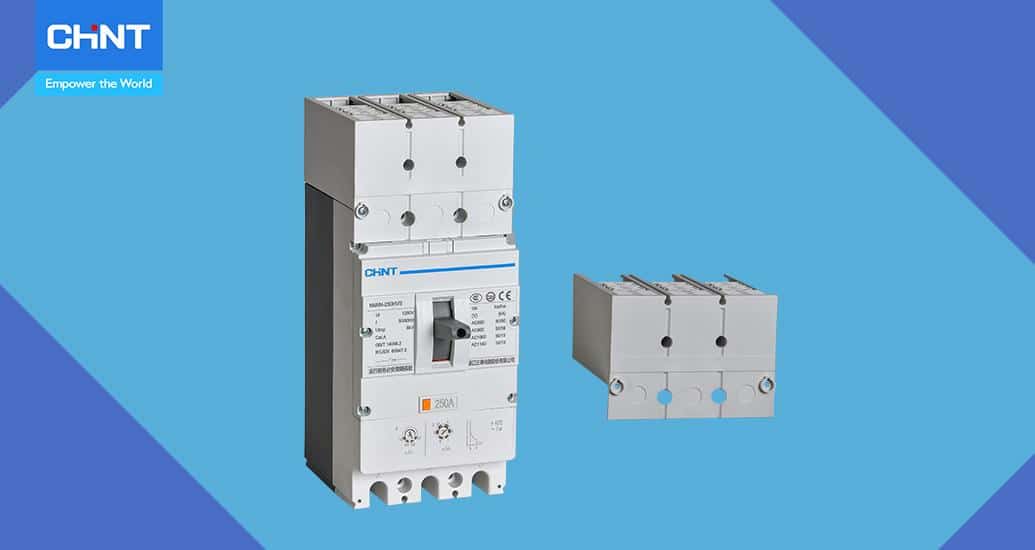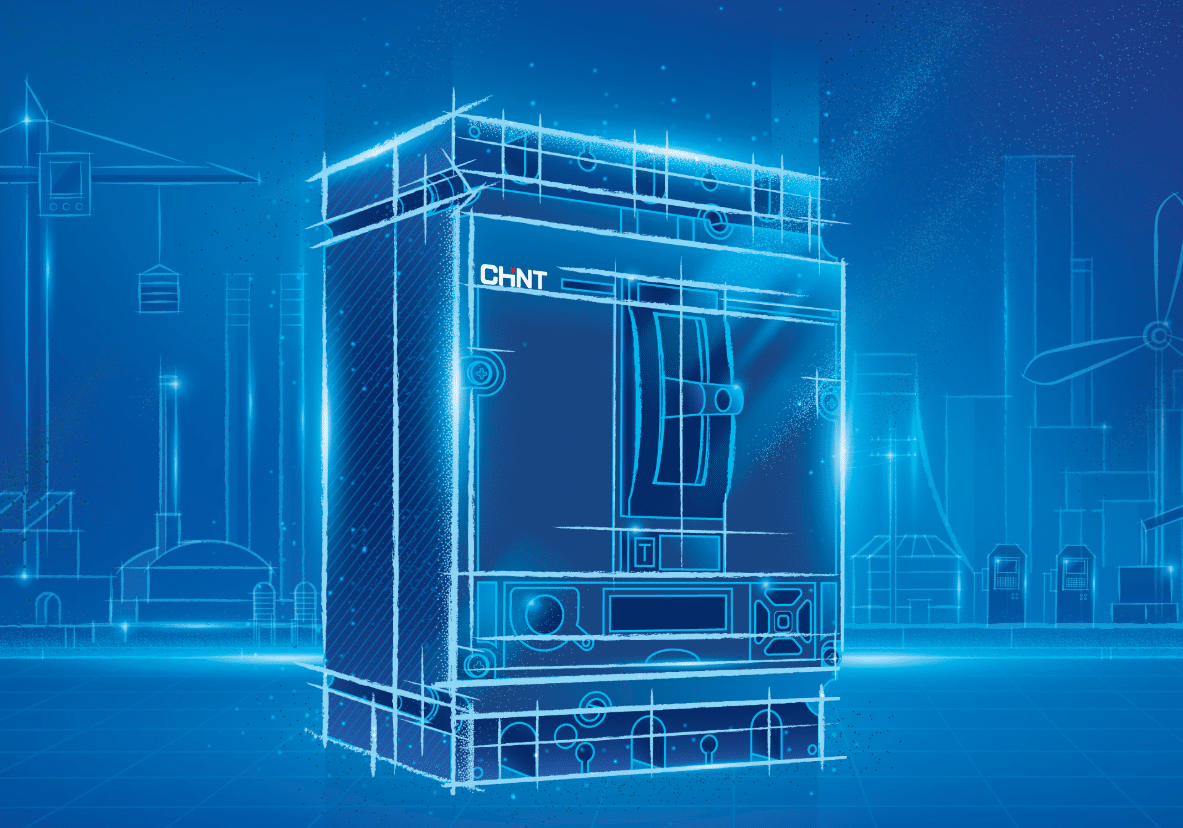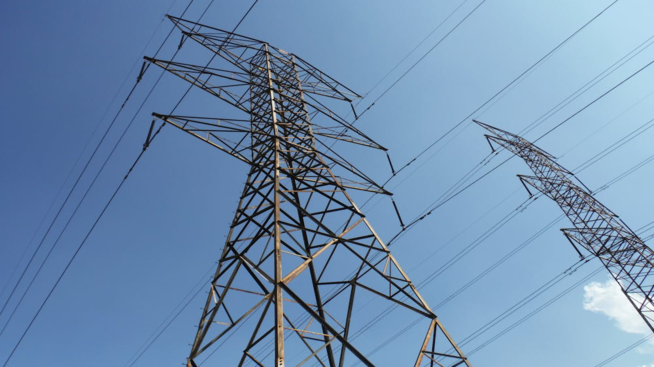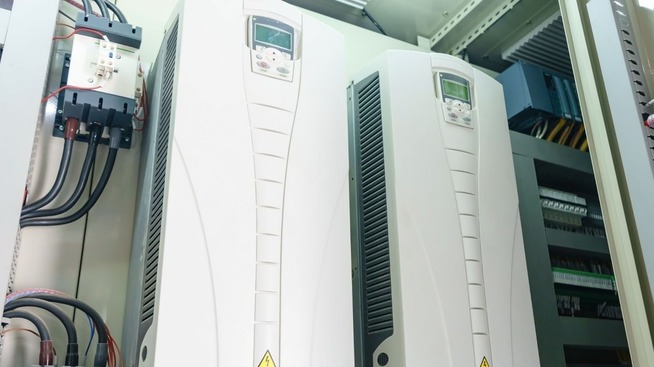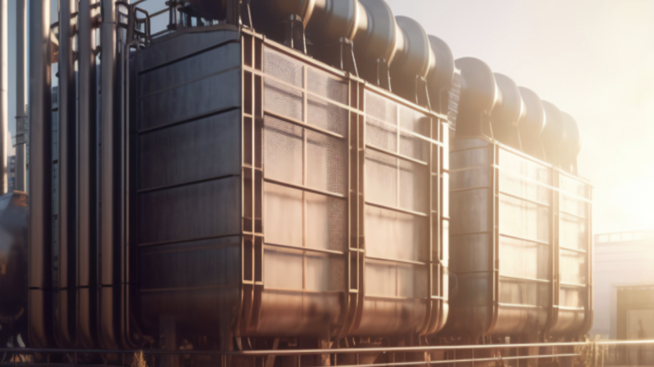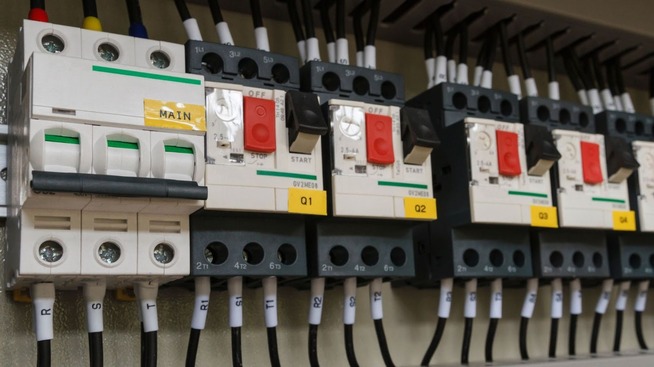Table of Contents |
The photovoltaic (solar PV) industry has been booming in recent years. As more countries and businesses turn to solar energy, the need for efficient, safe, and reliable components becomes crucial. One such component is the molded case circuit breaker (MCCB) in the PV combiner box, which plays a vital role in ensuring the safety and efficiency of PV systems. In this article, we’ll explore the challenges faced by PV power plants and why the NM8N-HV MCCB is a top choice for these installations.
Challenges Faced by PV Power Plants
As photovoltaic (PV) power plants continue to proliferate as a key source of renewable energy, they encounter several challenges that must be addressed to ensure their efficiency, reliability, and longevity.
1. Cost Control
Designing high-voltage systems for PV power plants can be expensive. The higher the voltage, the more cost-effective the system becomes because higher voltages reduce the overall current, which in turn lowers the cost of cables and other infrastructure. However, this also means that the components used, like MCCBs, must be capable of handling these voltages efficiently and safely.
2. System Safety
Safety is paramount in PV systems. The components must ensure that any faults are quickly isolated to prevent damage to the system and avoid hazards. An MCCB’s role here is critical as it must reliably interrupt fault currents without fail. The higher the voltage, the more robust the safety features need to be.
3. Environmental Durability
PV power plants are often located in harsh environments, such as deserts or coastal areas with high humidity and corrosive conditions. Therefore, the equipment used must withstand these conditions without degrading. This is where high-quality MCCBs that have been rigorously tested for environmental durability come into play.
4. Design and Installation Variability
PV power plants around the world have different design requirements and installation practices. This variability necessitates components that are versatile and easy to install in various configurations. Flexibility in installation can significantly reduce labor costs and time, making the overall project more efficient.
Connection Between the PV Industry and MCCBs
Molded Case Circuit Breakers (MCCBs) are essential components in the electrical systems of photovoltaic (PV) power plants. To understand their importance, it’s crucial to look at their working principles and how these principles apply to PV systems.
1. Basic Working Principle of MCCBs
MCCBs are devices designed to protect electrical circuits from overcurrent, which includes both overload and short circuit conditions. They achieve this through the following mechanisms:
Thermal Protection: This feature uses a bimetallic strip that bends when heated by an overload current, thereby triggering the breaker to open and disconnect the circuit. This prevents overheating and potential damage to the circuit.
Magnetic Protection: This feature uses an electromagnet that reacts to short circuits. When a short circuit occurs, the high current generates a magnetic field strong enough to trip the breaker almost instantaneously, isolating the fault.
Manual Operation: MCCBs can also be manually operated to open or close a circuit, providing an additional layer of control and safety.
2. Application of MCCBs in PV Power Plants
In PV power plants, MCCBs play a critical role in ensuring the safety and efficiency of the electrical system. Here’s how their working principles apply:
Protection Against Overload: PV systems are subject to varying levels of sunlight, which can cause fluctuations in the electrical output. An overload can occur if the system generates more power than the components are rated for. The thermal protection in MCCBs prevents overheating by disconnecting the circuit when necessary.
Short Circuit Protection: PV systems include many electrical connections and components, each a potential point of failure. If a short circuit occurs, the magnetic protection in MCCBs rapidly isolates the fault, preventing damage to the system and reducing fire risks.
Manual Control: During maintenance or emergencies, the ability to manually disconnect parts of the system is invaluable. MCCBs provide this manual operation capability, allowing technicians to safely work on the system without risk of electrical shock.
MCCBs are integral to the safe and efficient operation of photovoltaic power plants. As the PV industry continues to grow, the importance of high-quality MCCBs in ensuring the success of these renewable energy projects will only become more pronounced.
Features and Advantages of CHINT MCCB
The NM8N-HV MCCB is designed to handle a range of voltages from 690V to 1150V AC, making it suitable for high-voltage PV systems. This flexibility in voltage handling allows for optimization of costs across different system designs. By using an MCCB that can handle higher voltages, the overall system cost can be reduced due to lower current requirements and reduced infrastructure costs.
1. Safety Performance
Safety is a standout feature of the NM8N-HV MCCB. With a rated insulation voltage of up to 1250V, it ensures a high level of safety by preventing breakdowns that could lead to electrical hazards. This high-rated insulation voltage makes it superior to many competing products, which typically have lower rated insulation voltages.
2. Environmental Tolerance
The NM8N-HV MCCB is built to withstand harsh environments. It has passed a 72-hour salt spray test, ensuring its stability and performance in highly corrosive environments like coastal areas. This makes it a reliable choice for PV power plants located in such conditions, ensuring long-term durability and minimal maintenance.
3. Installation Flexibility
One of the major advantages of the NM8N-HV MCCB is its flexibility in installation. It can be installed with top or bottom entry, horizontally or vertically, accommodating various design requirements. This versatility simplifies the installation process and makes it easier to adapt to different PV power plant designs worldwide.
4. Modular Accessories
The NM8N-HV MCCB comes with modular accessories that save time and labor during installation. These accessories, such as auxiliary contacts and alarm contacts, are designed to be easily integrated, further enhancing the efficiency of the project. The ability to customize the MCCB with these accessories means that it can be tailored to meet specific project needs, increasing overall efficiency and effectiveness.
Conclusion
In summary, the CHINT NM8N-HV MCCB is a top choice for PV power plants due to its high voltage handling, exceptional safety performance, environmental durability, and installation flexibility. As the PV industry continues to grow, having reliable, efficient, and safe components like the NM8N-HV MCCB will be essential in meeting the demands of modern solar energy systems.




